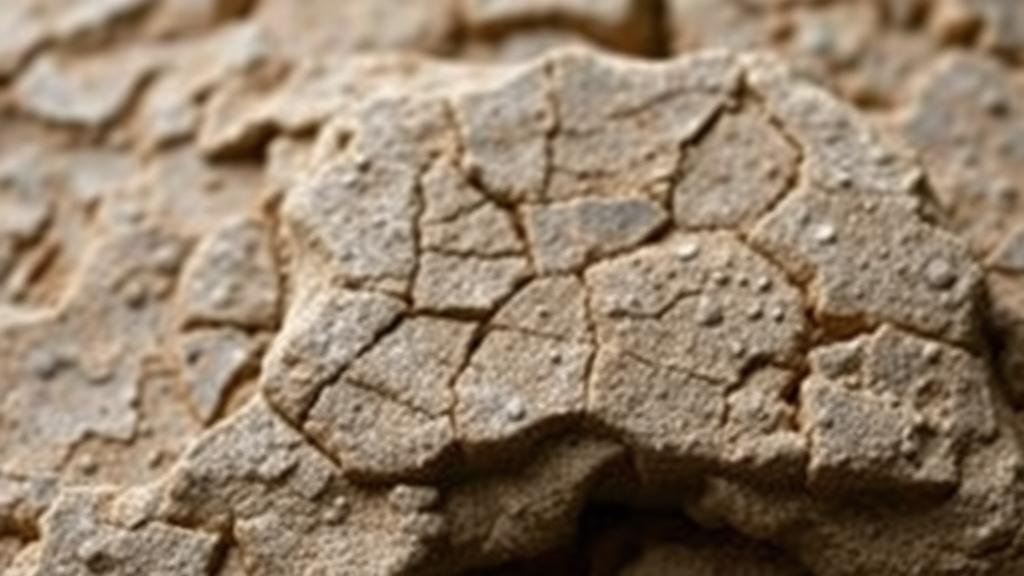Ancient Fossil Trails: Mapping Prehistoric Ecosystems Through Stone
Ancient Fossil Trails: Mapping Prehistoric Ecosystems Through Stone
The study of ancient fossil trails offers a fascinating glimpse into prehistoric ecosystems, revealing the dynamic relationships between flora and fauna millions of years ago. These preserved tracks and traces serve as a valuable resource for rockhounds, mineral collectors, and paleontologists alike, allowing them to reconstruct environments long vanished from the Earth. This article explores the significance of fossil trails, the science behind them, and practical tips for collectors interested in integrating these artifacts into their collections.
The Importance of Fossil Trails
Fossil trails, also known as ichnofossils, consist of preserved evidence of ancient organisms activity. Unlike body fossils, which are the remains of the organisms themselves, ichnofossils capture the behavior and movements of living creatures. These traces can include footprints, burrows, and feeding marks, offering significant insights into the species that inhabited a particular area.
Studies have shown that fossil trails can reveal information about:
- The size and weight of ancient animals, as their tracks can be scaled to estimate their mass.
- Social behavior and movement patterns, helping researchers understand how species interacted.
- The environmental conditions of the time, as sediment and track morphology can indicate land versus aquatic habitats.
Fossil trails can vary widely based on the organisms that created them. Here are some notable types:
- Footprints: One of the most commonly found ichnofossils, dinosaur footprints can vary in size from a few inches to several feet, providing clues about the speed and gait of the animals.
- Burrows: These are preserved tunnels made by creatures such as worms or arthropods, indicating their behavior and environmental adaptability.
- Feeding Traces: Scratches, pits, or gouges in rocks or sediments suggest feeding habits, such as herbivory or predation.
The Science of Paleontology and Ichnology
The analysis of fossil trails falls under the field of ichnology, a branch of paleontology focusing on trace fossils. Key techniques used include:
- Comparative Analysis: By comparing fossil trails to known species, researchers can infer the types of organisms that created them.
- Geomorphological studies: Examining the sedimentary context can help reconstruct the paleoenvironment in which the trails were formed.
For example, research in the Campos de Cima region in Brazil identified dinosaur tracks over 100 million years old, utilizing both comparative analysis and sediment studies to reveal information about the environment during the Late Cretaceous period.
Locating Fossil Trails for Collectors
For rockhounds and mineral collectors seeking to enhance their collections with fossil trails, certain regions are particularly rich in ichnofossils:
- The Morrison Formation: Located in the western United States, this formation is famous for its dinosaur tracks.
- The Lark Quarry: In Australia, this site boasts one of the most well-preserved dinosaur trackways.
- The Cretaceous Limestone of France: Known for extensive tracks of various prehistoric creatures.
When collecting, keep the following tips in mind:
- Research Local Laws: Ensure compliance with regulations surrounding fossil collecting in specific regions.
- Use Proper Tools: Bring along tools like brushes or soft trowels to carefully excavate and preserve your finds.
- Document Location: Noting the exact location and context of your find can help in later analysis and identification.
The Value of Fossil Trails in Collections
Incorporating fossil trails into a mineral collection can provide depth and history. Here are practical reasons to consider them:
- Educational Value: Fossil trails can spark interest in paleontology and geology, serving as educational tools for all ages.
- Aesthetic Appeal: Many fossilized tracks feature unique textures and patterns that can enhance the visual appeal of collections.
- Investment Potential: Rare fossil trails, especially those linked to significant species or events, may appreciate in value over time.
Conclusion: Embrace the Journey Through Time
Ancient fossil trails are not just remnants of the past; they are vibrant stories waiting to be uncovered. For rockhounds and collectors, they offer a unique window into long-extinct ecosystems and inspire a deeper appreciation for Earth’s rich geological history. By understanding their significance and employing knowledge in the field, enthusiasts can contribute to both their personal collections and the broader scientific community.
As you embark on your journey to discover these remarkable fossil trails, remember to respect the land, observe local collecting regulations, and embrace the thrill of connecting with prehistoric life.


